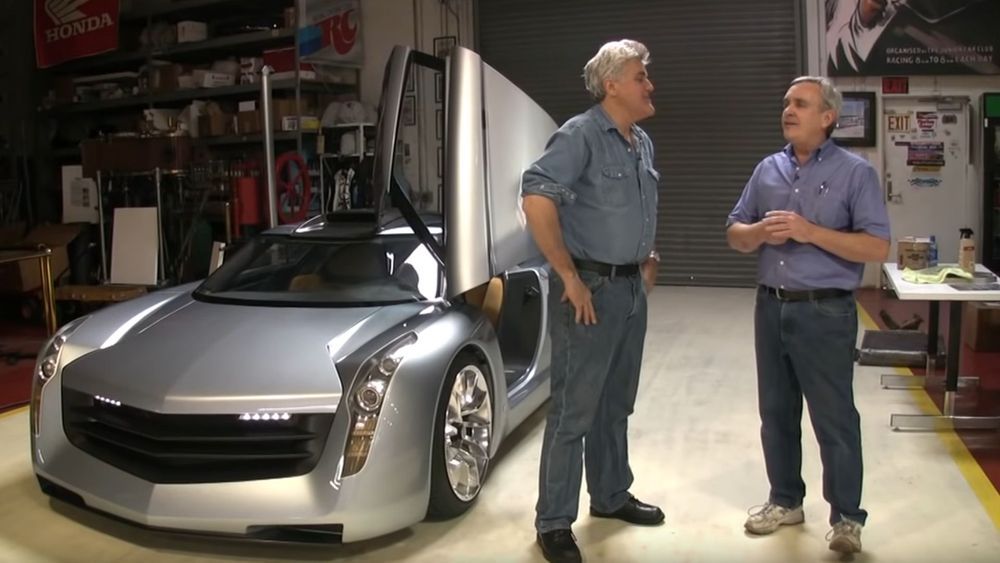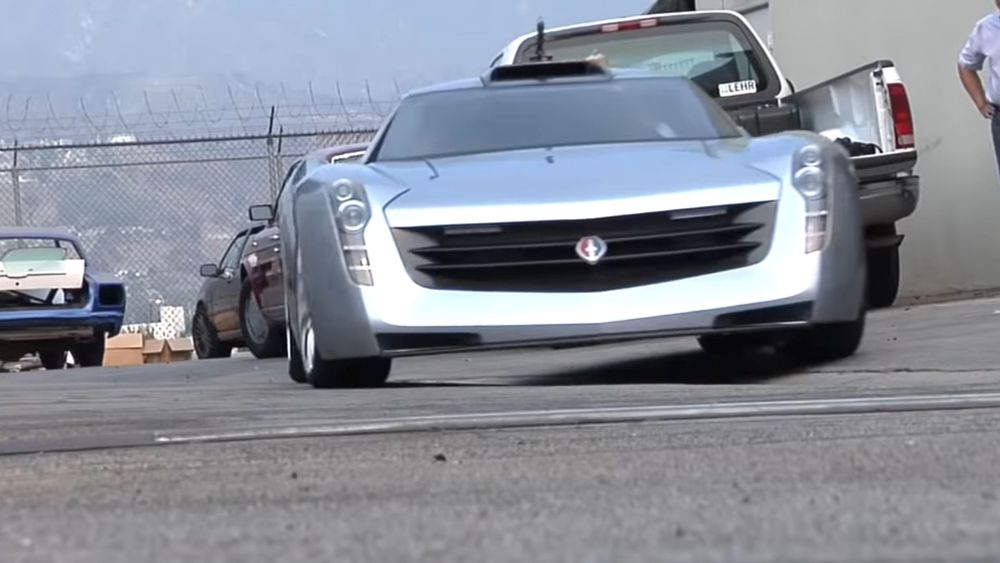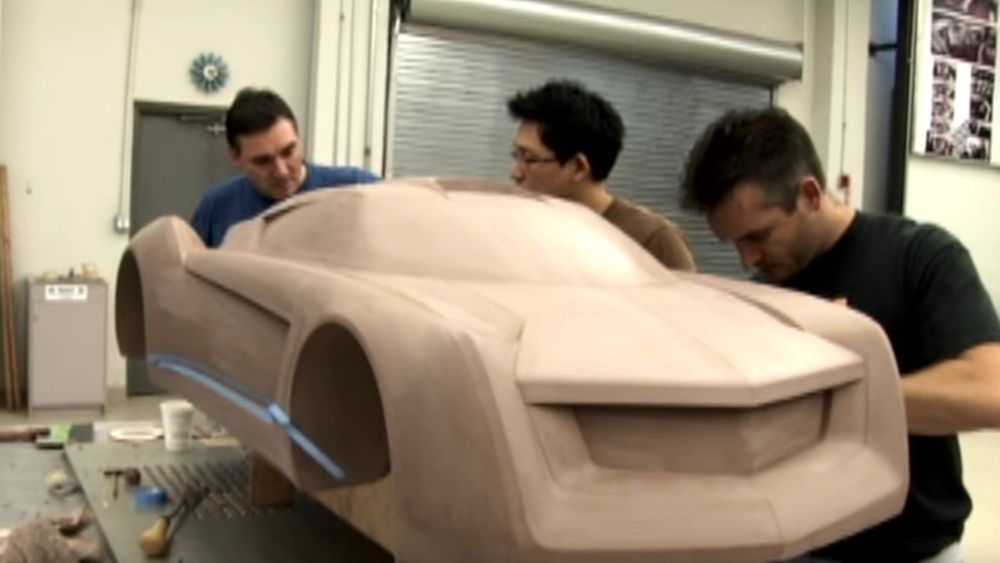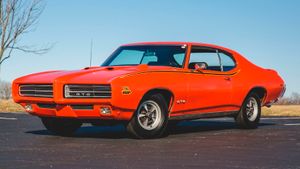With such a wild design, we honestly would’ve expected more.
Back at the 2006 SEMA Show in Las Vegas everyone was floored to see a dramatic-looking, mid-mounted, jet turbine-powered hypercar created by a collaboration between Jay Leno and General Motors. It was a crazy thing that a celebrity who’s known to be car crazy got together with one of the largest automakers in the world to churn out such a concept car. It generated plenty of buzz and hype because it was so unbelievably wild.

Funny enough, the EcoJet started off as a sketch the comedian made on a napkin. According to Leno, he’d always fantasized about designing a turbine-powered car. The guy grew up with the jet age concept cars, some of which featured rocket or turbine engines, so it’s not hard to theorize where that desire came from. Funny enough, GM was at the forefront of such fanciful designs back in the day, so the EcoJet helped bring that full circle.
Mounted behind the driver and passenger seats is a Honeywell LT-101 turbine engine, which produces 650-horsepower. Yes, we were hoping for about twice that if not more, so that figure is pretty underwhelming for something so extreme.

However, the car’s structure is fairly lightweight. It uses a Corvette Z06 frame which has been modified with aluminum and magnesium elements. Over that is a carbon-fiber over Kevlar body. For reasons which don’t seem to be fully answered, the EcoJet has burned through clutches, brakes, and torque converters, so development of the vehicle has been full of headaches for Leno’s crew and it’s lasted for years.
While the “jet” portion of the name is pretty obvious, it’s the “eco” portion that might seem confusing. This isn’t an electric car, but it does run on bio-dieselfuel. That means the fuel comes from a renewable source, something bio-diesel proponents are willing to explain to you for as long as you’ll listen.

Keep in mind that while the EcoJet was under development, the big “green” car at the time was the Toyota Prius. Known for being quiet, slow, and pretty boring, it’s obvious Leno wanted to go in the opposite direction and show you could be environmentally-friendly while having a good time.
Speaking of being a friend to the environment, Leno was a pioneer of vegan interior design for cars. That’s right, there’s zero leather but instead Alcantara, which has become quite popular in high-end vehicles. The paint on the body is also eco-oriented, having been sourced from Glasurit’s 9 Line Waterborne Technology lines for fewer emissions during the application process.
Back in 2016 Leno made headlines when he took Neil DeGrasse Tyson for a wild ride in his EcoJet. Not only was it one of the big events for the season finale of Jay Leno’s Garage, during the high-speed run on an airstrip runway the driver’s window blew out. Sadly, during that run, the car only hit 165 mph. You’d think with all the hype it would’ve easily eclipsed 200 or maybe even 220 mph.

Some people have ridiculously tried to tout Leno’s EcoJet as a pattern for a viable, eco-friendly car even though Leno himself has said it’s not a pattern for a production vehicle. We understand the enthusiasm for renewable energy, but jet engines aren’t exactly practical to put in road-going vehicles. With newer technologies available in today’s cars, it seems this design has been shown to be ambitious but ultimately flawed.
Keep in mind the EcoJet was created back when GM was still flying high with 5 more brands than it has under its umbrella today. This hypercar pretty much sums up what the auto giant was about back then: plenty of bravado, loads of excess, optimism to the max, mountains of marketing hype, disappointing follow-through. We wish it weren’t so, but GM has repeated this awful cycle so many times, both before and after its infamous bankruptcy and government bailout.






